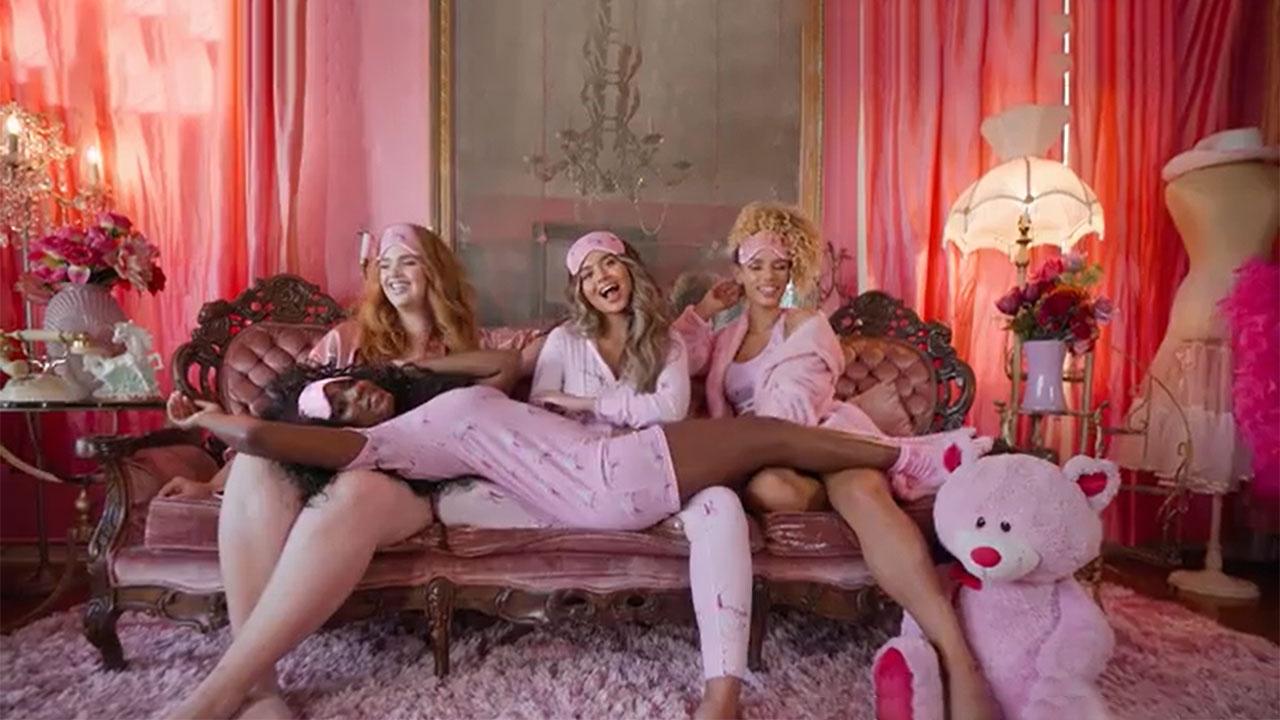Key Points
- PrettyLittleThing needed to grow their brand fast, make it famous and drive viewers to the site
- They used TV for fame and smart planning to use only the programmes that drove results
- They grew their customer base by a multiple of 40
The Challenge
PrettyLittleThing was launched in 2012 when brothers Umar and Adam Kamani spotted a gap in the market for a fashionable yet affordable online accessories brand (which quickly expanded into clothing).
PrettyLittleThing have always operated in a fiercely competitive market but with above-the-line budgets lower than their competitors. There wasn’t any VC funding – every pound came from the founders’ own pockets, so any media investment had to work hard and achieve immediate results.
In 2014, they tasked their media agency The Specialist Works with driving 16 to 34-year-old women to the website to grow the brand over the coming years.
The TV Solution
The Specialist Works had been planning and buying airtime for Boohoo since 2011 and had experienced great success for that brand. Therefore, they knew about TV’s unrivalled ability to cut through and deliver results and felt that TV should be the medium of choice for PrettyLittleThing.
The Plan
2014 Their strategy in year one was to buy one spot at a time in programmes that really mattered to their target audience and converted well for 16 to 34-year-old women. They then used their proprietary TV attribution tool [mint]av to determine whether the spot had driven traffic to the site. If it had, more spots would be booked the following week, and if it hadn’t, they wouldn’t reinvest.
2015 They identified that spots in TOWIE were performing particularly well, and PrettyLittleThing went on to develop a collaboration with TOWIE star Lucy Mecklenburgh, where she launched a range of clothing. Following the success of their 2014 TV campaign, they doubled their investment YoY in 2015, with a focus on TOWIE to support the Lucy partnership.
2016 TV’s role was evolving from generating demand to creating brand associations. Also, they had identified Made in Chelsea as a programme that performed well. But they were struggling to find enough spots to buy, due to the regulation that you can’t have competing brands in the same break and the high demand from their competitors. So, they were able to negotiate with Channel 4 who created an additional break, exclusive to them, in every episode of the programme.
2017 The key programme that they aligned with was Love Island – a perfect vehicle for their young fashion brand and with high levels of viewing by their target audience. They invested heavily, buying first in break slots on linear and on-demand and as a result drove fame for the brand. By the end of 2017, PrettyLittleThing was the fastest growing online fashion retailer in the world. (Source: Hitwise, Fast Fashion Report, based on website traffic)
2018 Over the years, activity had evolved from short-term response to longer-term brand building to sustain growth. They chose to invest in programmes that got the nation talking. For example, they bought a national peak spot in I’m A Celebrity Get Me Out Of Here and The X Factor. They used linear TV and added on-demand to amplify reach. They also continued collaborating with models and celebrities to create their own collections.
Results
- PrettyLittleThing’s share of Google search grew by 33 percentage points from 7% in 2014 to 40% in 2018 (Source: Nielsen AdDynamix, Google Trends).
- As of February 2019, PrettyLittleThing has 5m active customers. That’s 40 times the number they had before they started working with The Specialist Works.
Databank
Sector: Online retail
Brand: PrettyLittleThing.com
Campaign objectives: To grow the brand and drive viewers to their website
Target Audience: 16 to 34-year-old women
Budget: Approx. £300k in 2014, £650k in 2015, £900k in 2016, £1.1m in 2017 and £800k in 2018 (Source: Nielsen AdDynamix)
Campaign Dates: Various campaigns ran between 2014 and 2018
TV Usage: 30” and 20” spots
Creative Agency: Creative in-house, with production house Paragon Pictures
Media Agency: The Specialist Works
 Thinkbox
Thinkbox